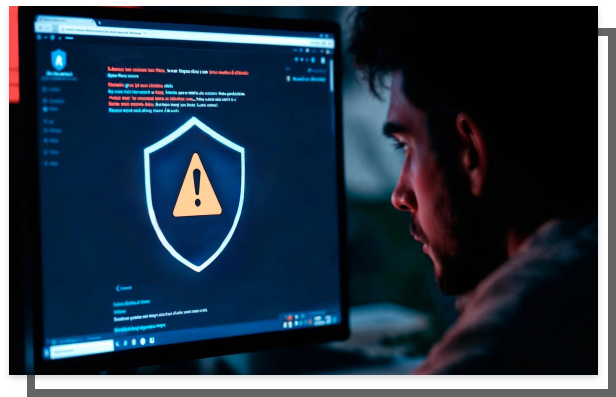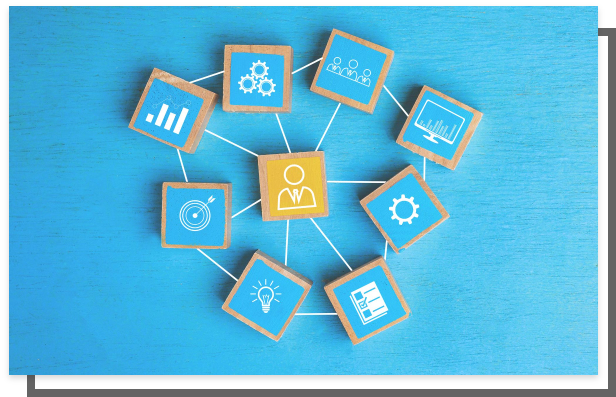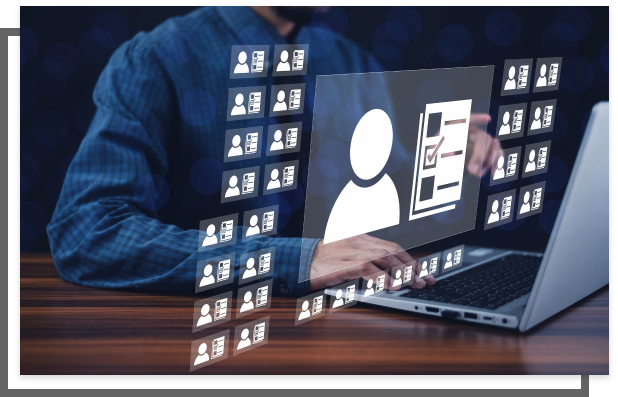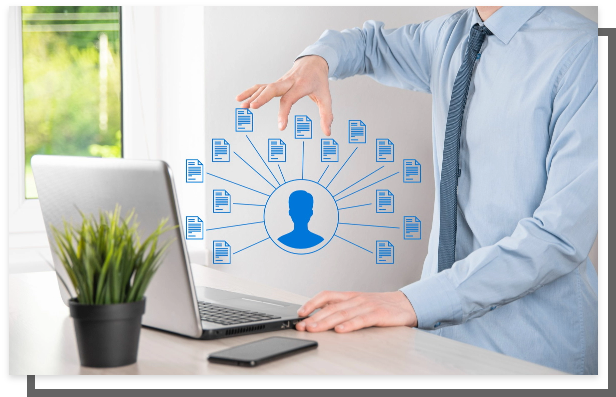





There are a few different ways which follows the industry standards, such as SAML, that tends to be very secure for SMEs as well as OAUTH software. However, most enterprise-level LMSs, HRMS systems, and ERP systems, such as Oracle, support SAML. Similarly, there is another way for HR system integration, that is a custom single-sign-on.
Let’s say you have a homegrown ERP or HRIS system that doesn’t support these industry standards. A custom single sign-on is built on security tokens between the two systems. Paradiso supports ten different security standards, including SAML and OAUTH and has built custom token-based SSO.

The third way for HR software LMS integration is through database synchronisation. When we speak about user sync, this implies you can enter a new user on HRIS system and can sync data on both systems. This data is so much more than 1st name and last name. You can store data of department, location, language, and manager’s name available in your master records such as ERP, HRMS system or intranet. With the help of the rules engine process, Paradiso helps you to automate your employees course process and notifies your manager as well as HR with it.
Considering course synchronization, as the user completes their learning path or the course, these activities are recorded, and reports are generated with HRMS through LMS, saving a lot of manual time.
Case Study

It involves changing people to improve performance, which in turn changes organizations to improve success

We always deliver more than expected for business both large and small

Check out our advice on selection of the ideal LMS for your training company so that your clients have the finest learning experience possible
Our website uses cookies to ensure it functions properly and provides a safer experience. Some cookies are necessary for the website to operate. By clicking 'Accept,' you agree to the use of cookies as outlined in our Privacy Policy. If you click 'Decline,' only essential cookies will be used.
Create Courses in Minutes – Free!
No thanks, I’ll try later.
Don’t Leave Without Free L&D Tools!
See Paradiso LMS in Action!
No thanks, I’ll try later.
See The Free LMS In Action?
No thanks, I’ll try later.
Course Catalog
Don't Miss Free eLearning Content!
Access a vast library of professional course with certificates in Paradiso’s Course Catalog – start learning today.